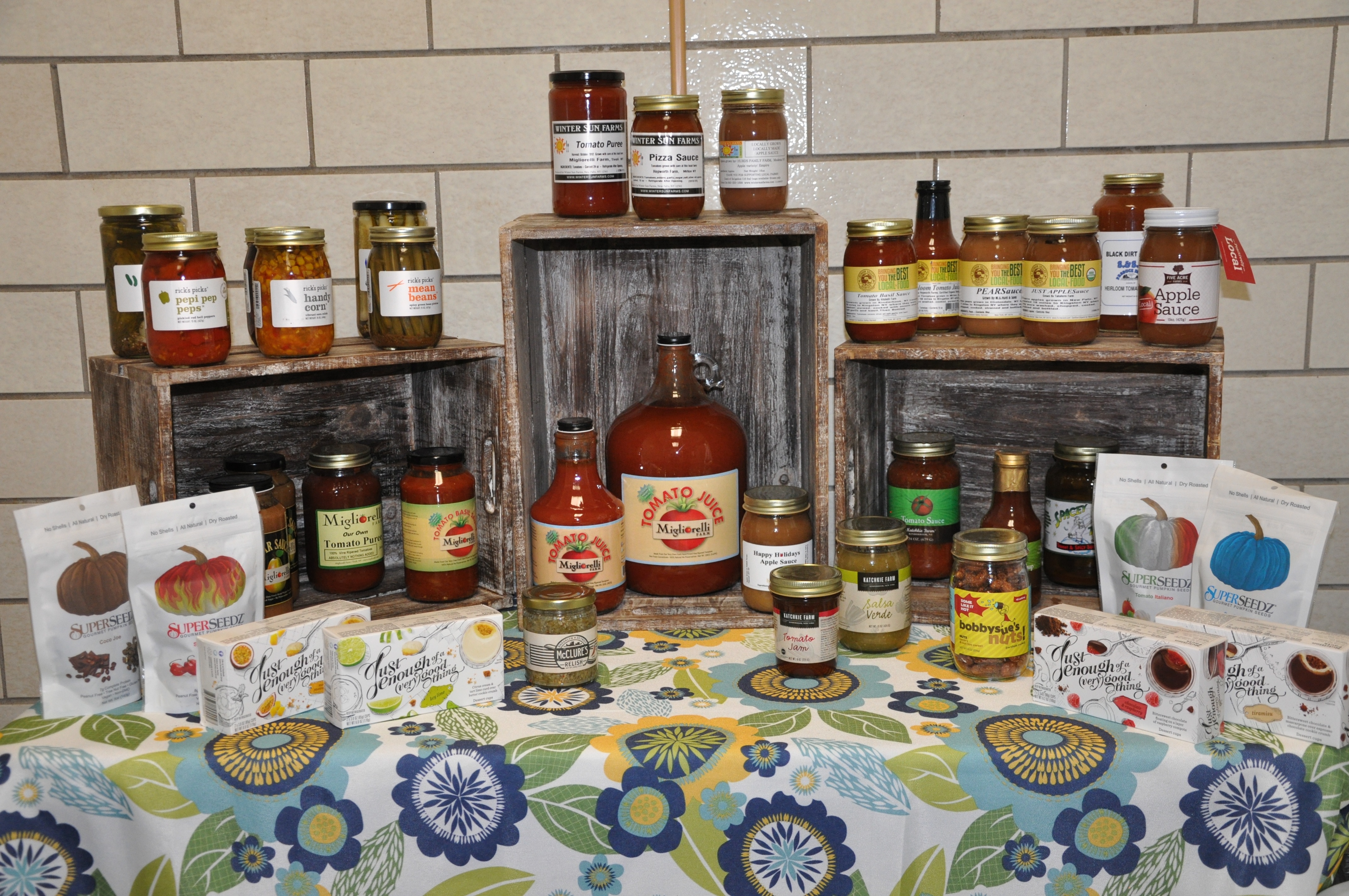Sam Bloch is a reporter for the digital magazine The New Food Economy (and an ’09 graduate of Vassar College). He visited our class to talk about his reporting on agriculture big and small, the economic and agricultural sustainability of small farms, and the question of whether the larger “good food movement” that we’ve seen in the Hudson Valley has a problem with race.
Digest of topics in this video:
0:00:00 what The New Food Economy (the digital magazine) covers
0:08:18 what the “new food economy” (the concept) encompasses
0:15:35 the Hudson Valley and other centers of the U.S. food movement
0:19:25 how sustainable is “small acreage” farming
0:26:04 Mark Bittman, race and the good food movement
0:35:52 the industrialization of “good food”
0:39:08 food trends in Vassar College dining
Sam co-wrote a widely shared article for the New Food Economy about the December 2017 Young Farmers Conference (held at Stone Barns in Westchester County), where prominent food writer Mark Bittman and and Ricardo Salvador (of the Union of Concerned Scientists) gave a keynote address calling for radical land redistribution for young farmers as a means to remedy, among other things, the agricultural land that government and white farmers have seized from farmers of color. In the Q&A that followed, controversy erupted when Bittman answered a question posed by chef/educator Nadine Nelson, “How do you hold yourself accountable to communities of color, and vulnerable communities?”, with what many felt was an inadequate and dismissive response.
For our readings and discussion, Sam pointed us to two further articles that elaborate on the challenge to Bittman and other prominent “good food” advocates who (it’s contended) are unreflective of the privilege they wield in this movement:
Zenobia Jeffries, “What White People Can Do for Food Justice,” Yes! Magazine, January 24, 2018.
Our engaging and wide-ranging class conversation ended with the students telling Sam about all the new dining trends at Vassar’s All Campus Dining Center, a.k.a. “The Deece.” After class, I took Sam to the Deece where he took note of how the college is adopting (perhaps superficially) many of the marketing and preparation practices associated with the good food movement. We await his critical follow-up to Malcolm Gladwell’s famous podcast about Vassar’s dining priorities.

 W
W Farm to Table Co-Packers
Farm to Table Co-Packers  When touring
When touring